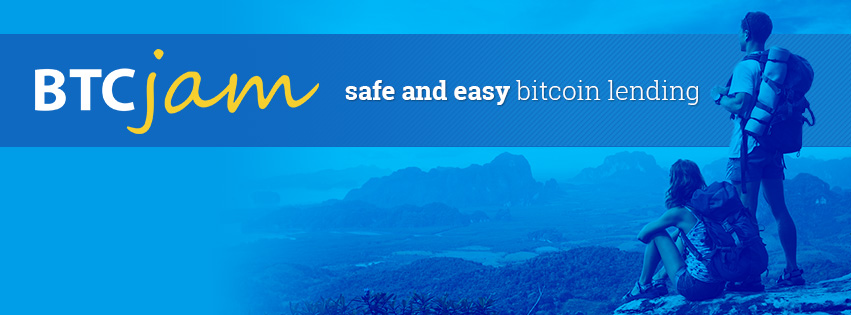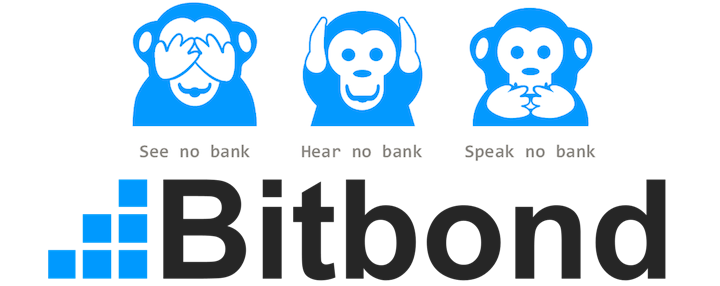Banking Is Necessary, Banks Are Not
Peer-to-peer (P2P) lending is positioned to reach US$77 billion this year, a 15-fold increase from 2012. It's the fastest-growing asset in finance, claims Bloomberg. Many institutions are heavily investing, but some analysts wonder whether the growth is natural, or a bubble about to pop.
Many P2P lenders are selling interest from their loans using a method called securitization, which involves raising capital by selling loan interest to investors in order to get the loans off their spreadsheets. This may be a tell-tale sign of a pump, which — along with the sale of securities — makes some speculate about red flags being raised with P2P lending practices.
Peer-to-peer lending, the practice of lending to peers without going through traditional financial institutions — making banks less necessary — allows anyone online to borrow cash if they have a verified account. There are three problems peer-to-peer lending tries to solve in the investment world. First, investors want indifferent involvement, putting less time and hands-on activity into loans. Second, small investors do not have large sums to commit to loans. Finally, investors want to fund their projects through ready access to less restrictive lending sources.
A Club for Lenders

U.S.-based Lending Club is the largest peer lender in history. The company started on Facebook for one of its first applications. The business received US$10 million from investors in its first year and then developed into a full scale P2P lender. Co-founder Soul Htite later moved to China to start Dianrong.com, a peer-to-peer lending company based in Shanghai. Both companies catapulted into P2P lending giants.
"It's a tough world out there. The common theme among our clients is that they want to generate yield."
— Lending Club CEO Renaud Laplanche
The decisive component for Lending Club’s prosperity and that of the entire peer-to-peer industry is the character of the loans. Sure, the loans have a US$77 billion profit margin, but that figure doesn’t factor in unseen defaults. The mortgage market pre-2008 showed early signs of loans that would never be paid, with the banking system making predatory loans to people who lacked the income to pay them.
Lending Club believes it can avoid this problem by requiring borrowers to have a high credit score. They presently require borrowers to have a score over 660. The problem with credit scores, however, is that they are based on past consumer behavior rather than cash flow. Lending Club is still showing signs that it is strong. They began partnering with smaller banks in order to streamline small-loan operations, which were showing signs of weakness, even while the company's growth had increased by 118% since its launch in 2013.

Peer-to-Peer lenders are now leaning more heavily on the securities game. In February, BlackRock disclosed the first investment-grade-rated package of P2P consumer loans worth US$$281 million. Moody's Investors Service announced that it granted a portion totalling US$281 million — including Class A notes — with an investment-grade rating of Baa3.
“Loans take time to season and go bad, and Wall Street loves to package and pass along risk. The music will stop — it always does — and this will not end well.”
— Tania Modic, Western Investments Capital
Online Loans Made Easy

The digital currency ecosystem is familiar with P2P lending. Quite a few Bitcoin businesses offer the service. BTCJam is an online investing and personal loan service. They offer personal Bitcoin loans at an APR of 6.7% to those with a good credit rating. The company claims investors have lent out over 48,000 bitcoins since the company’s inception.

BitBond, a German P2P lender, offers loan services to small businesses that are unable to get credit approval. Via peer-to-peer lending, borrowers and lenders meet directly, cutting costs. Its services include the ability to borrow bitcoins at 7% APR and to earn interest by lending. The company's website states, “We've originated over 600 loans with borrowers and lenders from over 120 countries.” So far, the company has secured €600,000 from angel investors.

BitLendingClub is another Bitcoin lender, which allows you to be verified through Facebook, or Coinbase. It offers low-interest rates on its loans (8%) and express funding. The international platform is partnered with Genesis Mining, CoinOutlet, BitXatm and BTCPoint. Their loan volume was 4,396 BTC in November of 2014. Their volume of listings is low, however, compared to BTCJam. BitBond, on the other hand, carries a substantial amount of lending opportunities. All platforms show a small quantity of loans, as the market demand is not yet there.
Will the Bubble Burst?
"The high interest rates [of return that P2P loans] offer are a red flag. If you're getting something that seems too good to be true, it probably is."
— Lowell Lombardini-Parker, Merriman LLC
Economic bubbles burst in 2008. The Dow Jones Industrial Average hit its pre-recession, all-time high on October 9, 2007, closing at 14,164.43 points. Less than 18 months later, it had fallen more than 50% to 6,594.44 on March 5, 2009. Economists believe the crash was due to predatory lending practices in the housing market. Roughly seven years later, we are seeing signs of another bubble in the P2P finance sector.
Online lending has changed the criteria of loans, versus those made in the past. Since the crash of 2008, it has been increasingly harder to secure loans from financial institutions. Banks are in the business to lend, but today they are floundering beneath their P2P counterparts. Investors are betting that the speed and efficiency of the Internet will change the game for good. Most P2P lenders deny subprime applicants. Zopa, a 10-year-old British firm that has issued more than £800 million to its customers, claiming they approve only one out of five applicants.
With P2P lending’s sizable growth in the industry, many are scrutinizing the phenomenon and some see the early signs of a bubble. They say the asset class may be too good to be true. Peer-to-peer lenders are still young, and many investors are wary of the projections for loan defaults.
